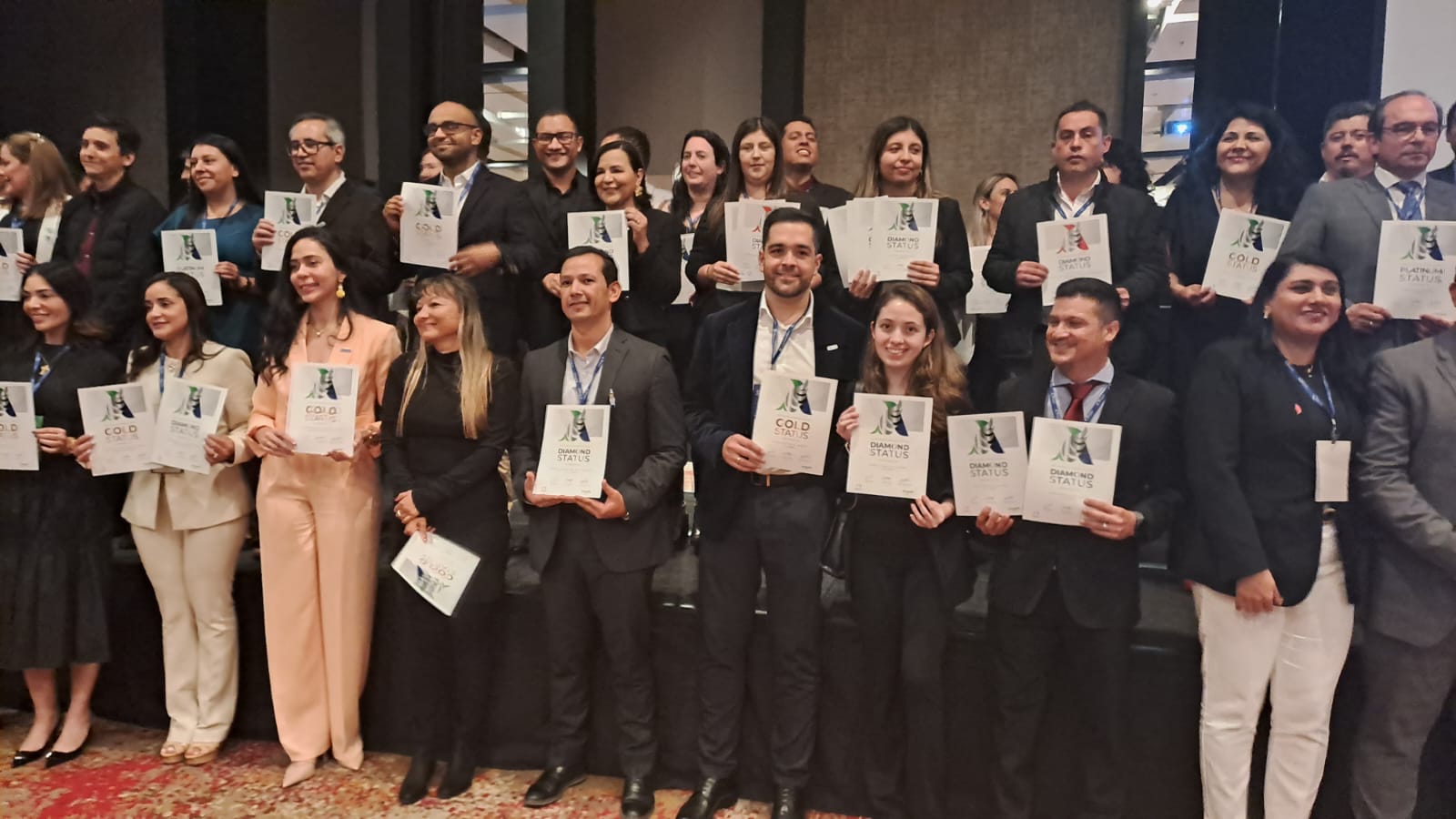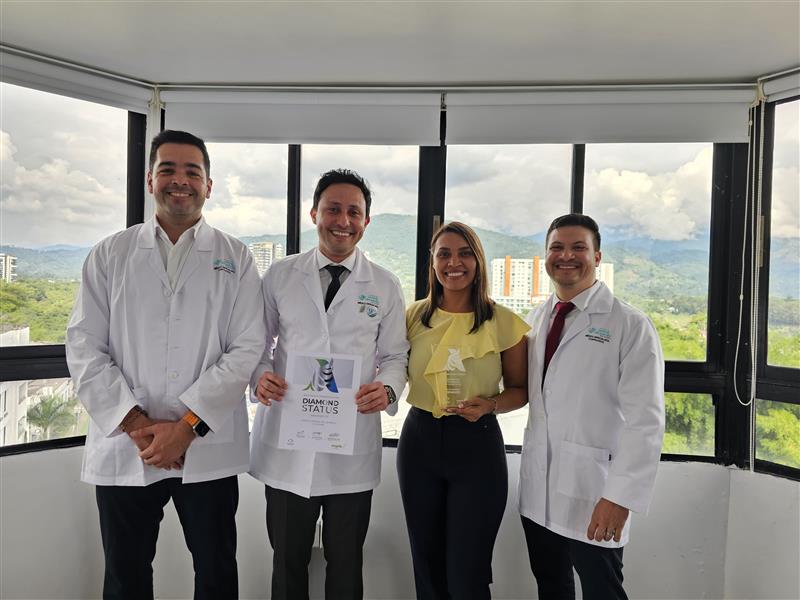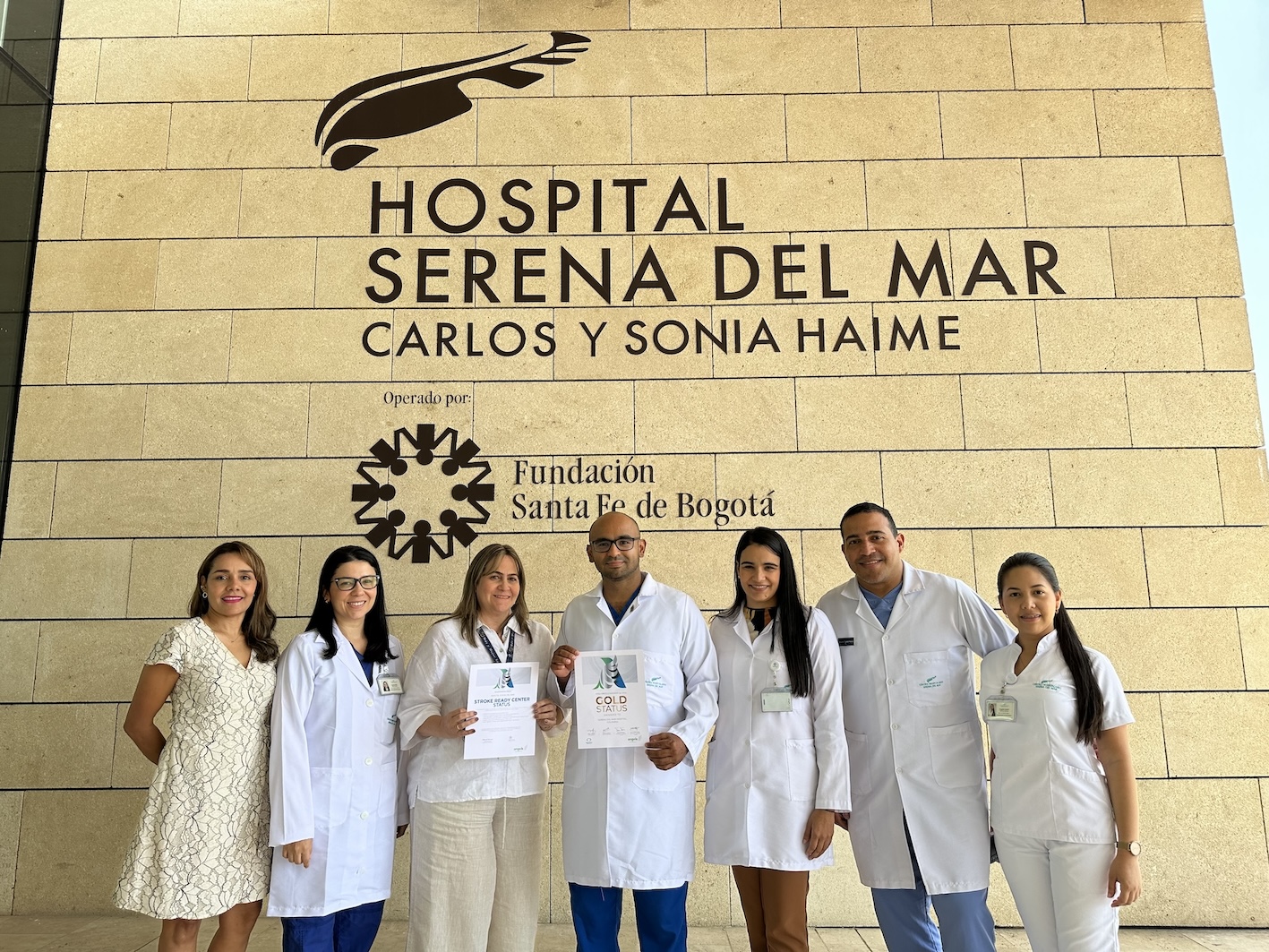Takto sa pohybujete budovou v troch krokoch:
Jeden, narežte otvory v základni a nainštalujte oceľové trámy pre konštrukčnú podporu. Po druhé, nainštalujte hydraulické zdviháky pod konštrukciu a pripojte ich k systému, ktorý monitoruje tlak a udržiava budovu vo vodorovnej polohe. Po tretie, zdvihnite ho, nainštalujte plošiny na kolesá nižšie a spustite pomalé lezenie na nové miesto určenia.
V roku 1975 museli obyvatelia Mosta, mesta neďaleko severozápadnej hranice Českej republiky, presťahovať svoj gotický kostol do hĺbky viac ako 800 metrov na nové miesto, aby vytvorili priestor pre ťažbu uhlia. Cirkev prevzatej Panny Márie vážila 12 700 ton. Pri priemernej rýchlosti 2,16 cm za minútu sa dostala do svojho cieľa po 28 dňoch, priviedla hrdosť na českú vládu a vyhrala Najviac zmienky v Guinnessovej knihe svetových záznamov.
V tom čase to bola najťažšia budova, aká sa kedy pohybovala na kolesách.
Ak si to vypočujete, môžete sa sami seba opýtať, či to mesto dokáže urobiť, čo by ešte mohlo byť schopné? To nás privádza k príbehu Najnemocnice a k tomu, ako sa stať oceneným centrom mozgovej príhody v troch krokoch.
1. krok: Nájdite svojho šampióna.
Predtým, ako do nemocnice prišiel Dr. Ján Macko, bol vedúcim lekárom mŕtvice v neďalekej nemocnici Chomutov, kde, keď počul o programe ESO Angels Awards, dal svoju váhu za kampaň na optimalizáciu cesty mŕtvice a zlepšenie výsledkov pre pacientov s mŕtvicou. Výsledkom je, že nemocnica Chomutov vyhrala tri po sebe nasledujúce diamantové ocenenia a v roku 2020 Dr. Macko prijal ponuku pridať sa k nemocnici Väčšinou, ktorá bola z iniciatívy regionálneho poskytovateľa zdravotnej starostlivosti Krajská zdravotní, a.s., na obnovenie svojho programu apoplexie.
Jána Macka, ktorý prišiel v septembri 2020, mu bolo povedané, že do marca 2021 musí vytvoriť protokol cievnej mozgovej príhody a zostaviť a vyškoliť tím cievnej mozgovej príhody. S podporou hlavného neurológa, Dr. Stanislava Slavika, a štedrou podporou jeho kolegu Dr. Jozefa Siroviča, musel okamžite pracovať, podeliť sa o svoje skúsenosti so svojimi novými kolegami a spustiť vzdelávací program, ktorý zahŕňal Anjelsove certifikačné školenie o zdravotných sestre pre každú zdravotnú sestru na neurologickej JIS.
Personál pohotovostnej zdravotnej starostlivosti ako prvý kontaktný bod pre pacientov dostal tiež pokyny, ako použiť test FAST na zistenie cievnej mozgovej príhody a aké kroky treba vykonať po upozornení neurológa na telefonát. Dr. Macko nenechával kameň na kameni.
2. krok: Cvičenie, prax, prax.
Keďže stále prebieha akreditácia certifikovaného centra cievnej mozgovej príhody, nová jednotka pre mŕtvicu v nemocnici Most bola pripravená na plnú akciu do februára 2021, o mesiac skôr, ako bolo plánované. Oficiálne sankcie ministerstva zdravotníctva prišli v októbri. V tom istom mesiaci bol anjelský konzultant Robert Havalda pozvaný na simuláciu, ktorá mala byť testom tímovej práce a času.
„Už boli dosť rýchli,“ hovorí Martin Liptay, ktorý vstúpil do Robertovej obuvi minulý september. „Stále sa im však podarilo skrátiť čas od dverí k ihle z 25 na 15 minút.“
V priebehu budúceho roka boli piati mladí lekári vyškolení na poskytovanie akútnej diagnostiky a liečby v rámci mŕtvice a postupne sa integrovali do mŕtvice. Keď na začiatku roku 2023 bol prvý z nich pripravený samostatne liečiť pacientov s mozgovou príhodou, bol to práve Martin, ktorý cestoval až k Najvyššiemu na nové kolo simulačného tréningu.
Martin spolu s Dr. Mackom pripravil dva scenáre – jeden, v ktorom pacient prišiel cez EMS s prenotifikáciou, a jeden, kde ho na pohotovosť priviezla rodina. S 18-minútovými a 13-minútovými časmi od dverí k ihlám a všetkými kľúčovými prioritnými krokmi, ktoré odporúča Angels, boli súčasťou cesty, cvičenie zvýšilo dôveru novo kvalifikovaného Dr. Vasyla Uhrynchuka a jeho tímu.
O mesiac neskôr 14. februára sa Martin vrátil na most, kde boli pripravení získať krídla ďalších štyroch lekárov. Počas štyroch simulácií Dr. Michal Antonín, Serhii Syniuha, Svitlana Tkach a Volodymyr Shuranov zvládli iný klinický prípad v časoch od dverí k ihlám svetovej triedy medzi 13 a 15 minútami.
Dr. Macko a Martin si boli istí, že každý pacient s mozgovou príhodou liečený v nemocnici bude mať rovnakú vysokú úroveň starostlivosti bez ohľadu na to, kto bol na návšteve.
3. krok: Merajte výkonnosť a neustále sa zlepšovajte.
V Českej republike sa komplexné údaje o všetkých pacientoch s cievnou mozgovou príhodou zhromažďujú dvakrát ročne v marci a októbri a uvádzajú sa v dotazníku RES-Q. Pre väčšinu nemocníc preto rok 2022 priniesol prvú príležitosť na meranie ich výkonu podľa kritérií založených na usmerneniach pre ocenenia ESO Angels Awards.
Keď boli v roku 2022 vyhlásení víťazi ocenenia z Českej republiky, medzi nimi bola aj nemocnica Najväčšia. Počas dvoch zvažovaných mesiacov boli prijatí 64 pacientov s mozgovou príhodou, z ktorých 22 % spĺňalo podmienky na rekanalizáciu. Medián času od dverí k ihle bol 16 minút a 85 % pacientov absolvovalo skríning na prítomnosť dysfágie.
Vo všetkých okrem dvoch opatreniach (rýchlosť rekanalizácie a dysfágia) väčšina nemocníc splnila kritériá pre diamantové ocenenie. Aj keď sú zaslúžene hrdí na platinový status, bola to príležitosť preskúmať ich výkon a cieľové oblasti na zlepšenie.
Dr. Jána Macka medzitým nastúpil ako hlavný neurológ Dr. Slavík, ale naďalej úzko spolupracuje so svojou kolegyňou, ktorá teraz vedie pohotovostné oddelenie, zatiaľ čo Dr. Sirovič vedie cerebrovaskulárne konzultačné centrum pre pacientov s mozgovou príhodou. V snahe o diamantové ocenenie presne vedeli, čo majú robiť.
Krok 1: Člen riadiaceho výboru Anjelských sestier z jediného veľkého komplexného centra mozgovej príhody v regióne Ústí a Labem bol pozvaný, aby poskytol školenie o postakútnej ošetrovateľskej starostlivosti vrátane diagnostiky dysfágie, skríningu GUSS a polohovania pacienta.
2. krok: Ďalej bude nemocnica spolupracovať s regionálnymi a miestnymi službami EMS na zlepšení rozpoznávania príznakov cievnej mozgovej príhody, aby do časového okna na rekanalizáciu prišlo viac pacientov.
3. krok: Oslovia miestnych lekárov, aby zabezpečili, že pacienti budú odporučení do centra cievnej mozgovej príhody, a aby podporili sekundárne preventívne zásahy a rehabilitáciu po cievnej mozgovej príhode.
Martin je presvedčený, že Dr. Ján Macko a jeho tím budú čoskoro uznaní za poskytovanie najvyššej úrovne starostlivosti. Dosahovanie diamantového stavu by malo byť v dosahu mesta, ktoré už ukázalo, že tam, kde je vôľa, existuje spôsob.



